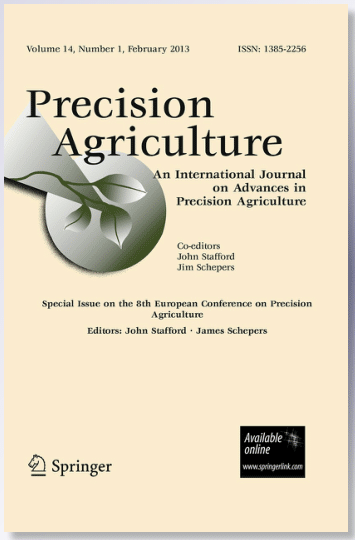Optimizing fruit quality and yield in agriculture requires accurately monitoring leaf nitrogen (N) status spatially and temporally throughout the growing season. Standard remote sensing approaches for assessing leaf N rely on proxies like vegetation indices or leaf chlorophyll a + b (Cab) content. However, limitations exist due to the Cab-N relationship’s saturation and early nutrient deficiency insensitivity.
The study utilized Sentinel-2 satellite imagery to estimate a set of plant biochemical traits in large almond orchards in a two-year study. These traits, including leaf dry matter, leaf water content, and leaf Cab retrieved from the radiative transfer model, were used to explain the observed variability of leaf N. Airborne hyperspectral imagery-derived leaf N using Cab and solar-induced fluorescence served as a benchmark for validation.
Results demonstrate that plant traits quantified from Sentinel-2 were strongly associated with leaf N variability across the orchard, with a strong contribution from the estimated leaf Cab content and leaf dry matter biochemical constituent, outperforming the consistency of vegetation indices. The Sentinel-2 model explaining leaf N variability yielded r2 = 0.82 and nRMSE = 13% in a two-year dataset, obtaining consistent performance and trait contribution across both years.
This study highlights the potential application of Sentinel-2 satellite imagery for monitoring leaf N variability in almond tree orchards. Incorporating plant biochemical traits allows for a more consistent and reliable prediction of leaf N compared to traditional vegetation indices over two years, making it a promising method for precision agriculture applications.


